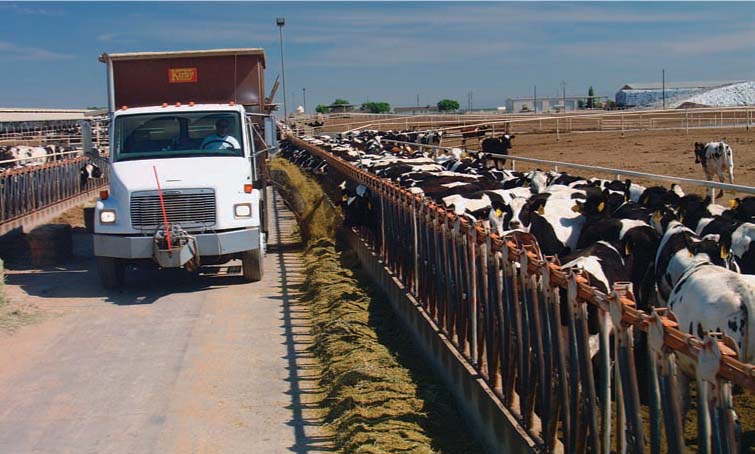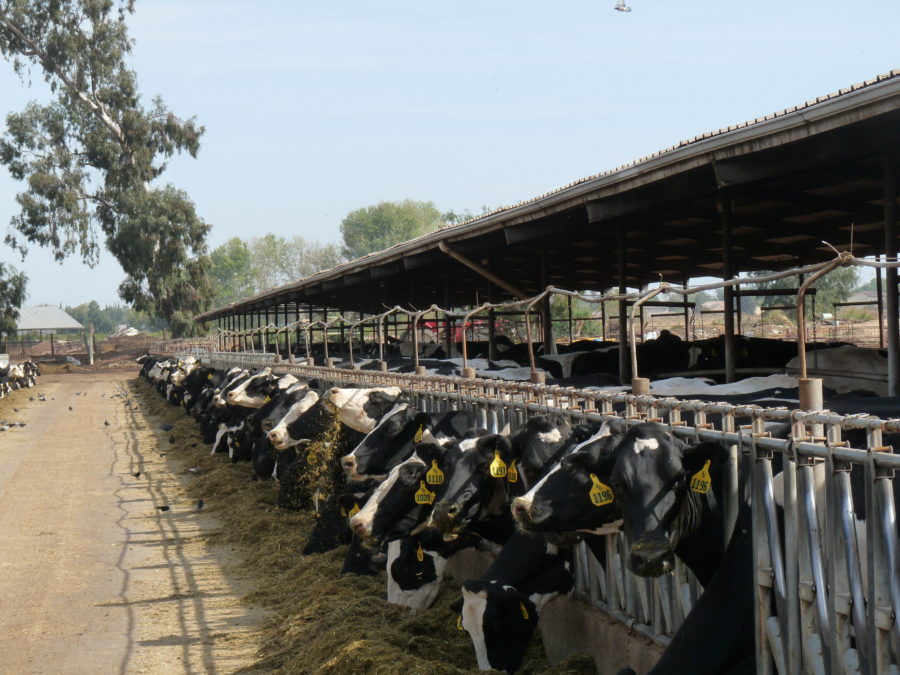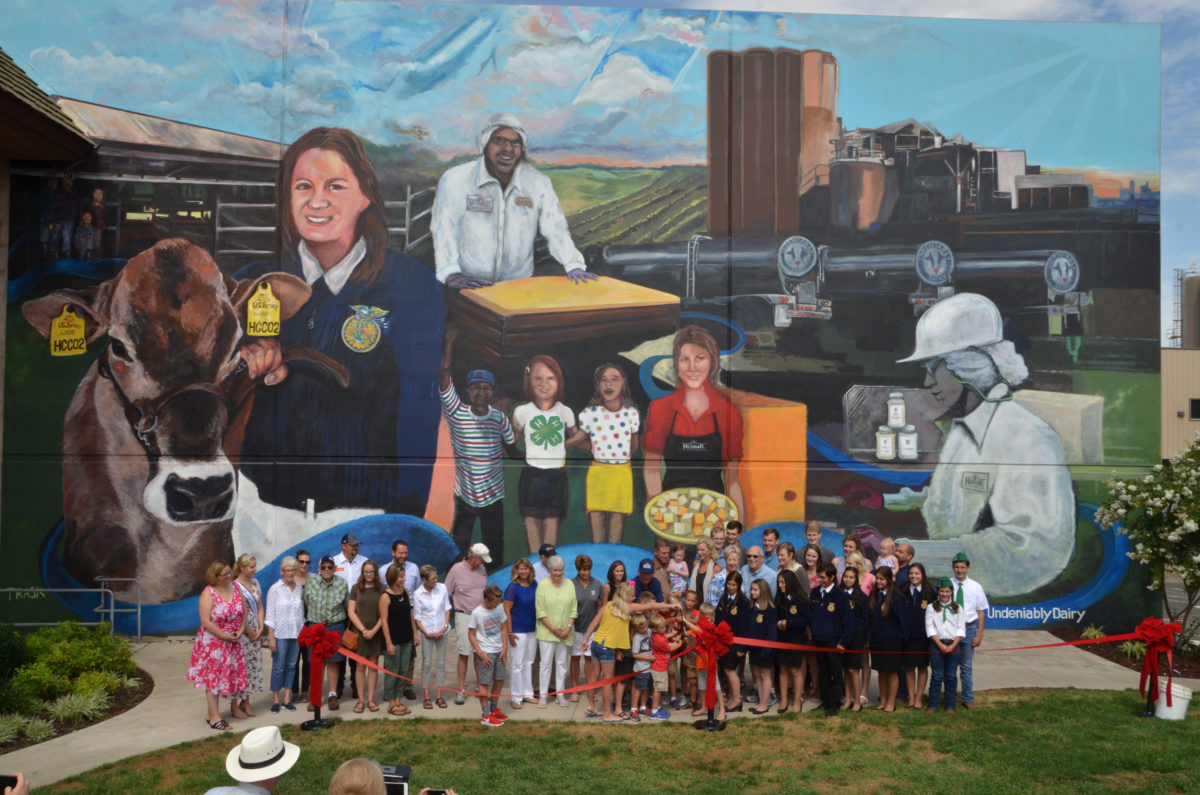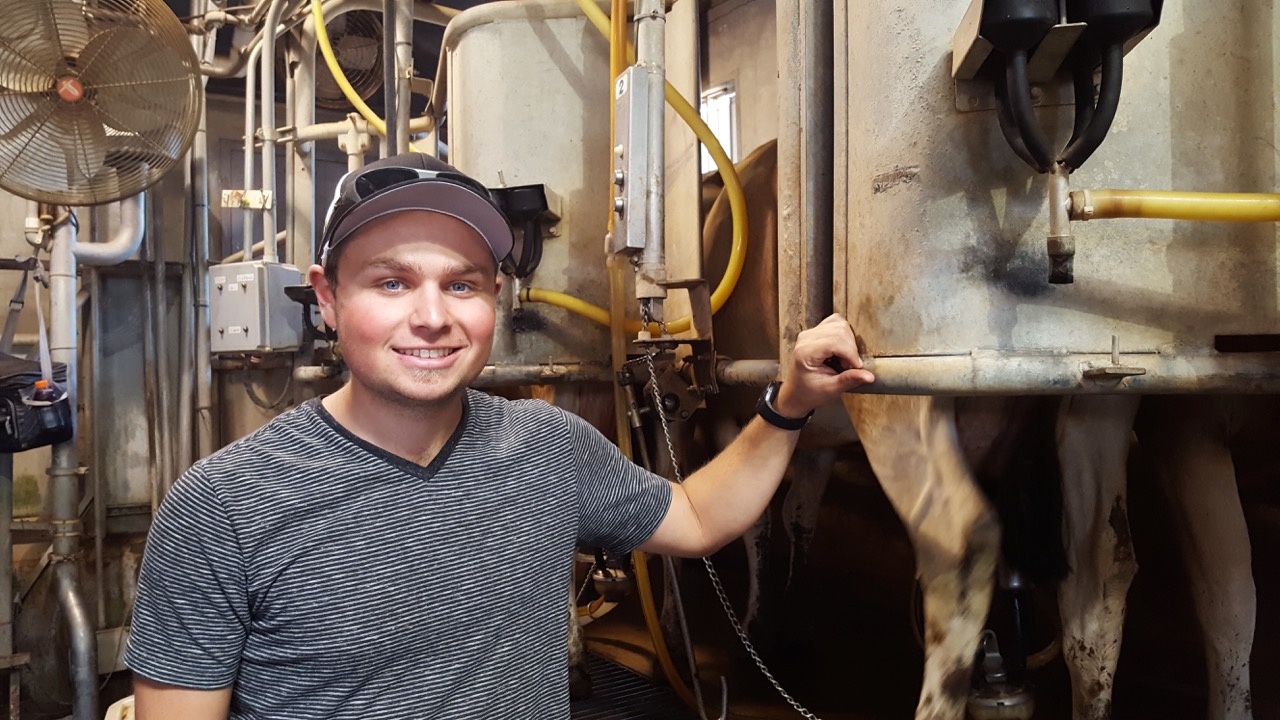Four Students Selected to Represent Real California Milk in Asia, Mexico
Student Ambassadors Share California Dairy Message with International Audiences
News Release
The California Milk Advisory Board (CMAB) has selected four students to serve as interns in the second year of the international dairy leadership program. Jessica Brown, Stefani Christieson, KayCee Hartwig-Dittman and Makayla Toste will serve as dairy representatives, working with marketing teams representing CMAB during the summer in Mexico, South Korea and Taiwan.
The interns, selected from students enrolled in agriculture-related programs at colleges and universities throughout the state, were chosen based on academic achievement, connection to the dairy industry, and a willingness to travel abroad and learn more about international dairy sales and marketing as well as a plan to work in the California dairy industry in the future.
Over the six-week period, each intern will spend time with in-country CMAB marketing organizations—Brown in Taiwan, Christieson and Hartwig-Dittman in South Korea and Toste in Mexico—to gain a better understanding of these markets, consumer buying habits, and promotional efforts on behalf of California’s dairy industry.
Brown is currently enrolled at Fresno State, majoring in agriculture business. She was raised on her family’s vineyard in Tracy and has always had a passion for agriculture. Her desire to learn about agriculture outside of the U.S. has provided her with opportunities to study abroad, most recently in Spain. Because of her love of travel and learning about other cultures, Jessica is focusing on international marketing at college, with plans to work in this field of study upon graduation in 2020. Brown is a member of the agriculture marketing team at Fresno State and will be working with Steven Chu and Associates in Taipei, Taiwan.
Christieson is a recent graduate of the UC Davis, where she received her B.S. in Political Science and minors in economics and French. She will be attending graduate school in the fall at Sciences Po in Paris, France, for a year and then will complete the program at Fudan University in Shanghai, China in year two. Christieson plans to complete her master’s degree in international economic policy and pursue a career as agriculture economic policy advisor for an agriculture export market organization to help California farmers continue to expand into emerging and established markets overseas. Christieson will be working with Sohn’s Market Makers, Ltd. in S. Korea.
Hartwig-Dittman is currently enrolled at Fresno State, where she is majoring in dairy science and is employed at the dairy unit on campus. She has a culinary arts degree from Diablo Valley Community College and has experience working in the restaurant industry in California. Her love of travel and food has allowed her to travel outside of the U.S., where she has learned to use dairy products in new and creative ways with hopes to find innovative ways to introduce dairy to consumers around the world. Hartwig-Dittman will also be working with Sohn’s Market Makers, Ltd. in South Korea.
Toste, a second-generation dairy farmer from Newman, received her B.S. degree in Animal Science with an emphasis in dairy science. During her last year at Fresno State, Toste served as the assistant herdsman for the Fresno State dairy unit, where she was responsible for the day-to-day operations of the dairy and an officer for the Fresno State Dairy Club. After the internship, she plans to work in the California dairy industry in promotion and marketing to help keep the industry viable for the next generation of farmers. Toste will serve as an intern with the team at Imalinx in Cuernavaca, Mexico.
“California accounts for more than 33 percent of all U.S. dairy exports so international trade is essential for our continued growth. Over the last decade, the CMAB has worked closely with partners in Asia and Mexico to develop markets for California dairy products. This program is focused on providing insight into international dairy marketing for future leaders like Jessica, Stefani, KayCee, and Makayla, who will work in the dairy business and one day serve on dairy industry boards and lead industry groups,” said Glenn Millar, Director of International Business Development for the CMAB.
The goal of the CMAB International Internship program is to provide agriculture/dairy college students an opportunity to learn about dairy foods and marketing in the international marketplace. The program looks to develop leaders who will serve on dairy industry boards and work in dairy foods production, processing, or sales/marketing.





















